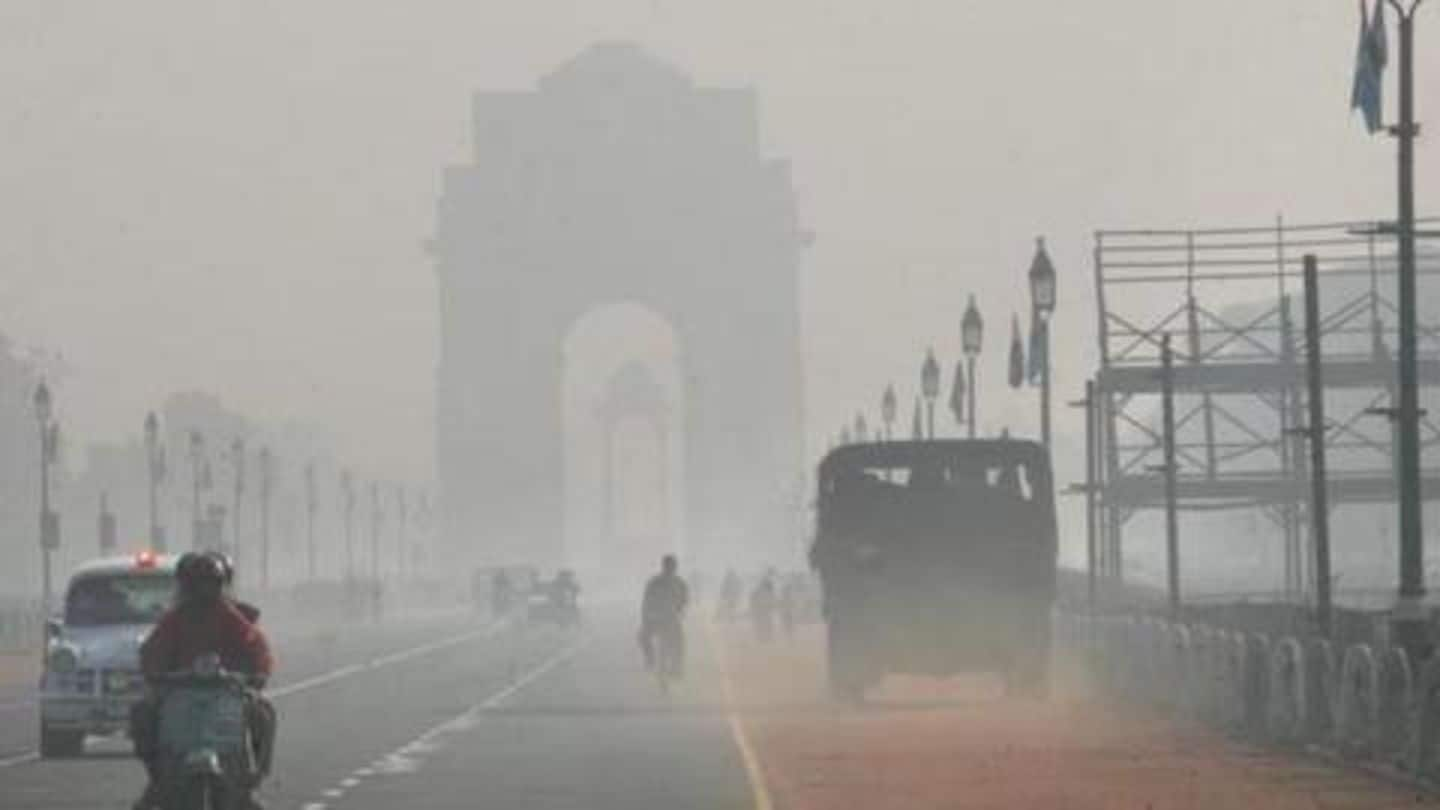
With smog covering around, Delhi's air quality turns 'severe'
What's the story
Delhi's air quality deteriorated to severe category today as a cover of smog surrounded the national capital and prevented dispersion of pollutants, authorities said.
This is the fourth time that the air quality has worsened to the severe category this season.
The first time it dipped to the severe category this year was just two days before Diwali.
Details here.
Data
Air quality had slipped to 'severe' during Diwali season too
A day after Diwali, which fell on November 7, the air quality again slipped to the severe category on November 8.
The third time it slipped into the severe category was on December 12.
The overall air quality index (AQI) of New Delhi today stood at 408, which falls in the severe category, the Central Pollution Control Board (CPCB) data showed.
Information
Air Quality Index (AQI): Know the different levels
An AQI between 100 to 200 comes under the moderate category, 201 and 300 is considered poor, between 301 and 400 very poor, while that between 401 and 500 is severe.
PM level
Twenty-five areas in Delhi recorded 'severe' air quality: CPCB
According to the CPCB data, 25 areas of the national capital recorded severe air quality while 11 recorded very poor air quality.
In Delhi, the overall PM2.5 level (fine particulate matter in the air with a diameter of less than 2.5 micrometers) was recorded at 290 and the PM10 level (diameter of less than 10 micrometers) at 458, it said.
NCR data
In NCR, Ghaziabad recorded 'worst' air quality among all
In the National Capital Region, Ghaziabad recorded the worst air quality at an AQI of 451.
Noida recorded severe air quality while Faridabad's pollution level remained in the very poor category, the CPCB said.
The Center-run System of Air Quality and Weather Forecasting (SAFAR) said the air quality might improve over the next two days but would still remain in the very poor category.
Pollutants dispersion
Current ventilation index is unfavorable for dispersion of pollutants: IITM
Prevalence of thick smog cover is further worsening the conditions and preventing dispersion of pollutants, authorities said.
According to the Indian Institute of Tropical Meteorology, the maximum ventilation index Wednesday was 2,000 sqm/second, which is extremely unfavorable for dispersion of pollutants.
A ventilation index lower than 6,000 sqm/second with an average wind speed of less than 10 kmph is unfavorable for dispersion of pollutants.